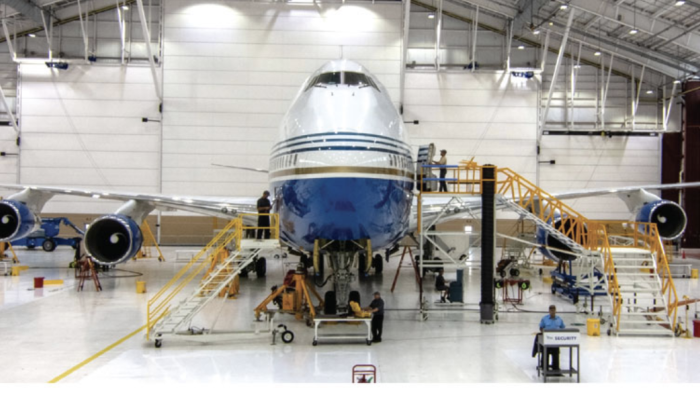The Aeronautical Repair Station Association (Arsa) is seeking input from the aviation maintenance industry through an anonymous survey measuring the burden FAA audits impose on repair stations.
Arsa is conducting the survey in tandem with an FAA project seeking to measure and quantify the impact of audits on repair stations and will submit the results to the FAA for comparison and validation with the agency’s own research on the issue.
Paul Hawthorne, Arsa’s v-p of quality, told AIN, “The FAA generally does one or two audits a year at a given repair station but that’s not the end of it. The agency stipulates that an MRO must allow customers to provide surveillance while work is being conducted on their equipment. That’s fine, but most customers want to send someone in advance to do an audit before they’ll bring you their aircraft. I understand it’s a good business practice to let them do it, but they don’t always look for the right things.” More…
Hawthorne said many operators will audit the MRO’s compliance with Part 145 but the FAA is already doing it. “Having an FAA certificate is verification that’s being done already,” he said. “What they should be looking at is customer-specific interface issues. For example, a customer [that is a commercial operator] should be checking to see if the repair station is complying with the applicable portion of the carrier’s procedures manual.”
According to Hawthorne, nothing under Part 91 requires the MRO to do anything other than follow the customer’s maintenance program. “There’s nothing that requires the repair station to allow operators to audit the operation, though it too makes sense from a business perspective,” he said.
“The point is when you add up all these audits it is not uncommon for a repair station to undergo anywhere from a dozen to 50 audits per year depending upon the size of the operation. Then add the fact that many repair stations conduct their own audits of suppliers and it quickly becomes an overly burdensome issue. Some repair stations spend so much time with audits they have an entire department dedicated to them, and for many that’s a huge expense.”
The purpose of the Arsa survey, Hawthorne said, is to determine just how much all this costs the industry so the association can show the FAA why it’s critical that a better system be developed. Arsa’s goal is to convince the FAA to develop a third-party audit system and a certification authority mutual acceptance program.
Ideally, a formal third-party audit would conduct repair station audits that any interested party could scrutinize instead of conducting its own audit. “That alone would significantly reduce the time and expense of the current auditing practice,” Hawthorne said.
The foundation for a certification authority mutual acceptance program currently exists. The U.S. has an agreement with the EASA under which the European agency accepts the FAA’s certification of repair stations in Europe. The FAA doesn’t accept EASA’s certification, however, preferring to conduct its own audits.
“We’re working on that issue. Other than EASA and Canada we don’t have similar agreements with other countries, and we should,” Hawthorne said.
Arsa’s survey is open through April 13, and the association asks that only one representative from each company participate.







